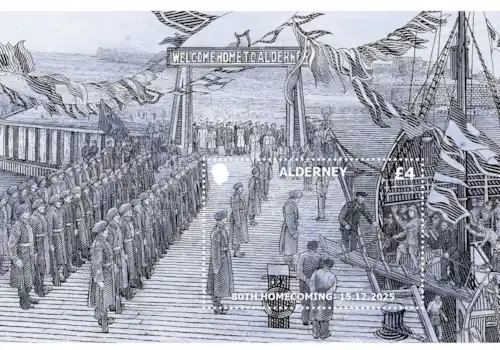14 February 2024
|
A set of six stamps were released illustrating Alderney post boxes on 14 February. The story of the post box, or pillar-box, begins in Guernsey, after the Penny Postage Act of 1840 paved the way for affordable postage and easy-to-use adhesive stamps.
Before the introduction of postboxes, senders had to either take a letter to a receiving house, which for many communities was miles away, or await the bellman, who walked the streets collecting letter from the public, ringing a bell to attract attention.
In 1850, it was Anthony Trollope, who eventually became a celebrated novelist but at the time was working as a surveyor’s clerk for the post office, who is credited with the introduction of postboxes to Britain. It is likely that he had seen roadside letter boxes in use in France and Belgium while travelling to Europe as part of his postal duties.
To test the use of the postboxes, a trial on the Channel Islands was approved. Four cast-iron pillar boxes were installed in Jersey and came into use on 23 November 1852, with the trial extended to Guernsey in 1853. Post boxes began to appear on the mainland from 1853. In this early period, as there was no standard design, many different styles appeared.
While the earliest post boxes on Jersey were red, green was chosen as a standard colour in 1859. However, after people complained they were hard to find them, red was made the standard colour in 1874. However, those on Alderney and Guernsey were painted blue in 1980 to match the branding of the post office.
The six stamps in the set show the following postboxes:
- Alderney Airport (65p)
- Whitegates (88p)
- Route de Picaterre (£1.20)
- Victoria Street (£1.36)
- Route de Braye (£1.68)
- High Street (£1.74)
As well as the six-stamp set, there is a £4.29 miniature sheet showing the postbox at Braye Road Railway Station, which is part of the only working railway in the Channel Islands.







